TRAINING TIME: CrossFit for Young Athletes?
CalHiSports InsightsMulti-Sport May 23, 2012 SportStars 0
By Tim Rudd | For IYCA
CrossFit is the latest trend in fitness. Millions tune in to watch CrossFit athletes display Herculean strength, endurance, and physical adaptability on ESPN.
The CrossFit “program” is based on combining a variety of movement- and strength-based disciplines including power lifting, gymnastics, martial arts, Olympic lifting, kettlebells, and other forms of physical overload into a short, intense workout.
The emphasis is intentionally non-specific randomness with the argument that they want their participants to “be ready for any challenge” life or sports may throw their way. Each day, the goal is complete physical exhaustion either through maximal reps, maximal weight, maximal speed, or some combination of all three components during the involved exercises.
The inherent problem with this approach is simple: I watch young athletes get knocked around at high intensity day after day on the field, diamond, court or other playing arena for an entire season or year. These same athletes come to me in various states of disarray: injured, immobile, overused, in pain, etc.
They also have an array of skills they need to improve for performance gains and have certain pre-dispositions for injury in their respective sports
It’s my job as a coach to carefully assess the specific needs, and implement protocols that will aid in the prevention of these injuries as well as result in performance gains. Logic dictates that it doesn’t make any sense to “do hard stuff until you’re exhausted.” In other words a great way to increase your athletes’ injury potential and decrease their skill potential is through a CrossFit style program.
In it’s true sense, CrossFit is not really a program. It’s a group exercise class. There is no central program design theory other than to use exercises involving large muscle groups for maximal reps, weight, and speed. There is no consideration for individual need, skill development, or circumstance.
It has gotten the attention of parents, coaches and athletes because it’s really hard. They figure if it’s really hard, it must be good. However, after millions of dollars in research and hundreds of thousands of hours of application, our knowledge and understanding of athletic performance and injury prevention goes well beyond “doing a lot of hard stuff. “
The inherent dangers of an unpredictable environment and unrelenting maximal physical output in sports are what make athletic careers short and over time has negative consequences on performance if not managed correctly.
Random “hard” programs create a considerably high biomechanical and structural cost. This means repeated, unbalanced, excessive loads on joints, tendons — the same stresses that shorten careers in sports.
When these biomechanical costs are controlled through proper program design with varying intensities, progressions, volumes and balanced exercise selection, long term negative consequences are minimized. When they aren’t controlled, it’s a formula for injury and skill deterioration.
So before involving young athletes in a CrossFit class, or any other exercise program for that matter, parents and coaches should educate themselves as to what they are getting into from a programming, knowledge and instructor experience standpoint.
Everyone must consider the athlete’s specific needs and assess if the program and instructor are going to accommodate those specific needs.
Don’t get me wrong, athletes need to train hard. But training hard and training smart don’t have to be mutually exclusive. They need to do hard stuff at the right time. This is what improves performance and decreases injury, giving way to a long, healthy, successful athletic career.
Tim Rudd is an International Youth Conditioning Association specialist in youth conditioning (level 3), speed and agility (level 2), and nutrition specialist (level 1). For more information on anything you read in Training Time, email him at [email protected].
SportStars
SportStars Magazine: High School Sports Articles Online SportStars is your go-to source for the very best high school sports articles in California. Player and team profiles, game coverage, health and fitness tips and the largest Camps, Clinics & Combine resource for athletes. We're the story behind the stats.



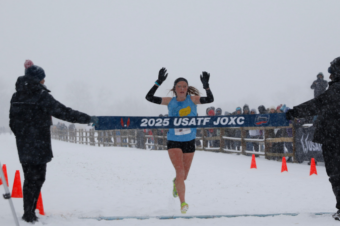
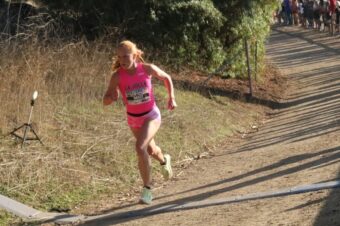
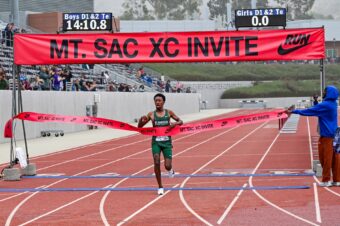

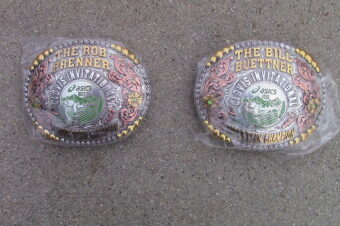
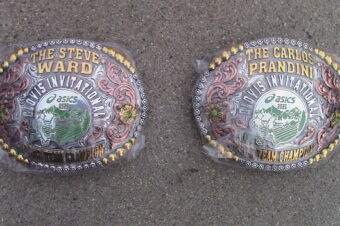
No comments so far.
Be first to leave comment below.